Figure shows the position-time graph of a particle of mass 4 kg. What is the (a) force on the particle for t < 0, t > 4 s, 0 < t < 4 s? (b) impulse at t = 0 and t = 4 s ? (Consider one-dimensional motion only).
 Solution in Tamil
Solution in Tamil
(a) In all the three intervals, acceleration and, therefore, force are zero.
(b) 3kgms−1 at t=0,(c)−3kgms−1 at t=4s
Topper's Solved these Questions
- BOOK - NCERT TAMILCHAPTER - LAW OF MOTIONEXERCISE - EXERCISE (ADDITIONAL EXERCISE)17videos
LAW OF MOTION
- BOOK - NCERT TAMILCHAPTER - LAW OF MOTIONEXERCISE - EXERCISE (ADDITIONAL EXERCISE)17videos
LAW OF MOTION
- BOOK - NCERT TAMILCHAPTER - KINETIC THEORY OF GASESEXERCISE - EVALUATION (Numerical Problems)8videos
KINETIC THEORY OF GASES
- BOOK - NCERT TAMILCHAPTER - LAWS OF MOTIONEXERCISE - EXERCISE (V. Numerical Problems)14videos
LAWS OF MOTION
Similar Questions
Figure shows the position-time graph of a body of mass 0.04 kg. Suggest a suitable physical context for this motion. What is the time between two consecutive impulses received by the body ? What is the magnitude of each impulse ?
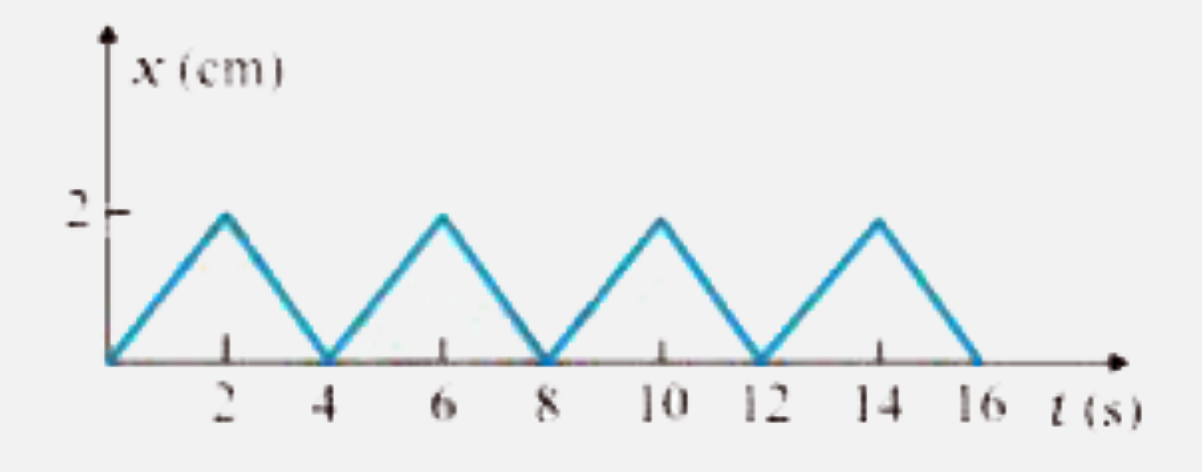 04:15View Solution
04:15View SolutionFigure shows the position-time graph of a body of mass 0.04 kg. Suggest a suitable physical context for this motion. What is the time between two consecutive impulses received by the body ? What is the magnitude of each impulse ?
 02:52View Solution
02:52View SolutionA fresh air is composed of nitrogen N2(78%) and oxygen O2(21%). Find the rms speed of N2 and O2 at 20∘C.
05:09View SolutionA force of 50N act on the object of mass 20 kg. shown in the figure. Calculate the acceleration of the object in x and y directions
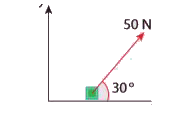 01:38View Solution
01:38View SolutionShown the position time graph of a particle of mass 4 kg What is the force on the particle for t<0,0<t<4s motion only
 . 05:09View Solution
. 05:09View SolutionShows position time graph of a particle of mass 100g Find the impulse at t=0 and at t=4s
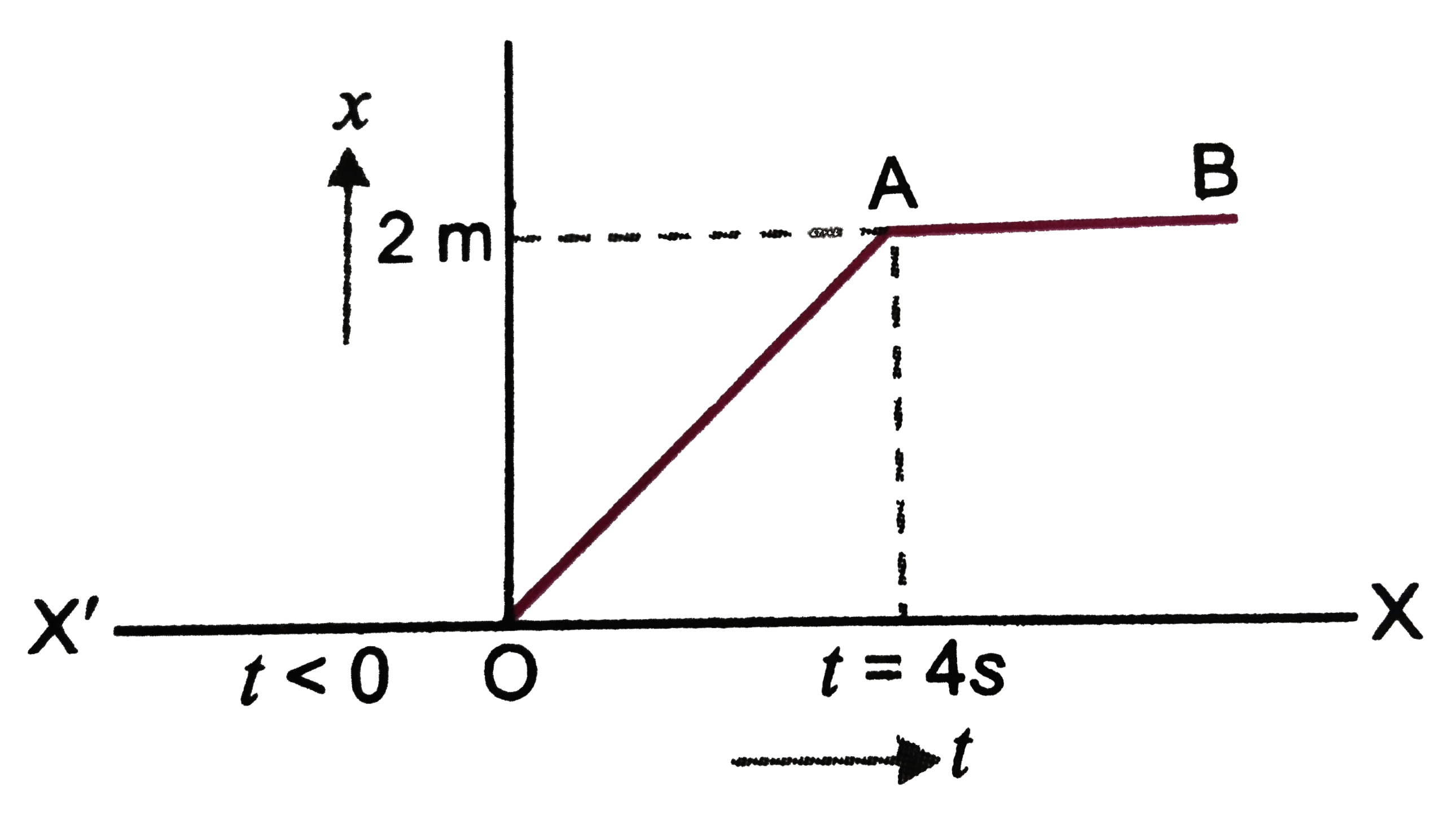 .03:06View Solution
.03:06View SolutionFig. shows the position-time graph of a particle of mass 4 kg. What is the (i) force acting on the particle for t lt 0, t lt 4 s, 0 lt t lt 4 s ? (ii) impulse at t = 0 and t = 4 s? Assume that the motion is one dimensional.
View SolutionThe position-time graph of a body of mass 2 kg is as given in figure . What is the impulse on the body at t = 0 s and t = 4 s .
05:33View SolutionFig. shows the position-time graph of a particle of mass 4 kg. What is the Force on the particle for t lt 0, t gt 4s, 0 lt t lt 4s? (b) Impulse at t= 0 and t= 4s ? (Consider one dimensional motion only)
View SolutionFigure shows the position-time graph of a particle of mass 4 kg. What is the (a) force on the particle for t 4 s, 0
05:01View SolutionFigure shows the position-time graph of a particle of mass 4 kg. What is the (a) force on the particle for t 4 s, 0
02:53View SolutionFig. shows the position-time graph of a particle of mass 4 kg. What is the (i) force acting on the particle for t lt 0, t lt 4 s, 0 lt t lt 4 s ? (ii) impulse at t = 0 and t = 4 s? Assume that the motion is one dimensional.
View SolutionFigure shows the position-time graph of a particle of mass 4 kg, then
a) force on the particle for t<0,t>4s,0<t<4s? ?
b) impulse at t = 0 and t = 4 s. (consider one-dimensional motion only)
 02:37View Solution
02:37View SolutionShows the position-time graph of a particle of mass 4 kg. What is the (a) force on the particle for t<0,t>4s,0<t<4 s ? (b) impulse at t = 0 and t = 4 s ? (Consider onedimensional motion only).
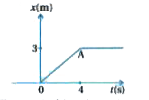 02:57View Solution
02:57View SolutionThe position-time graph of a body of mass 2 kg is as given in figure . What is the impulse on the body at t = 0 s and t = 4 s .
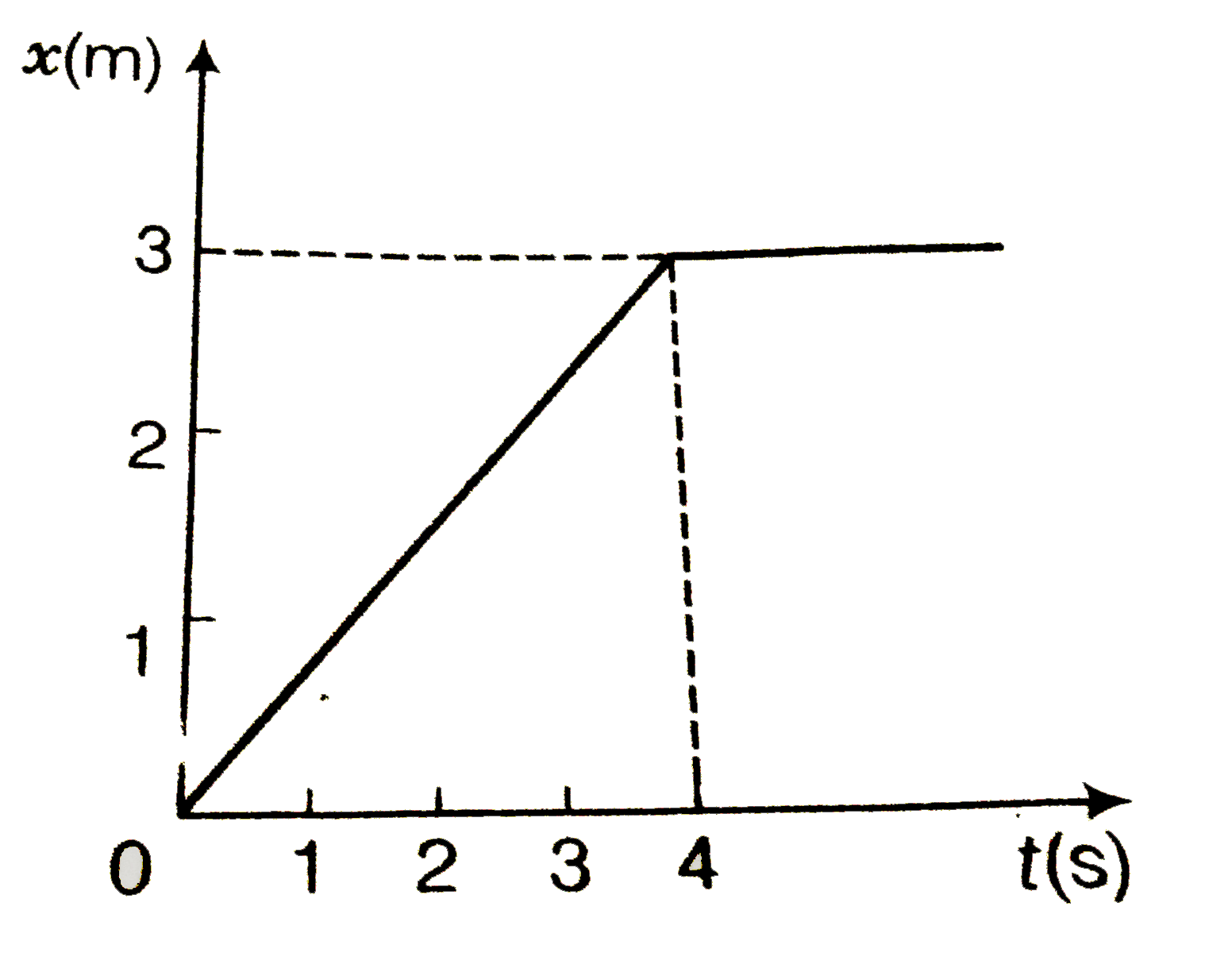 View Solution
View Solution

